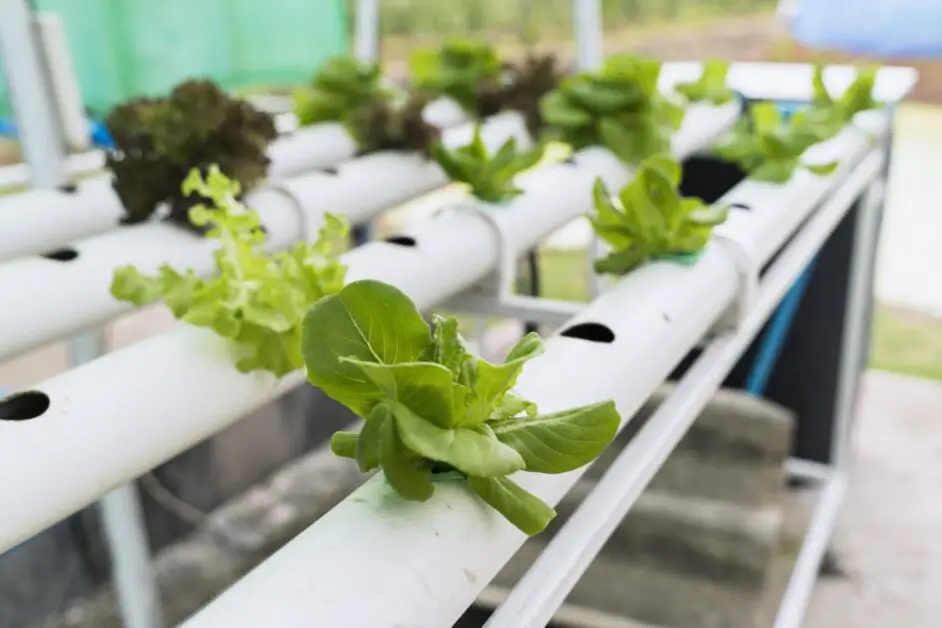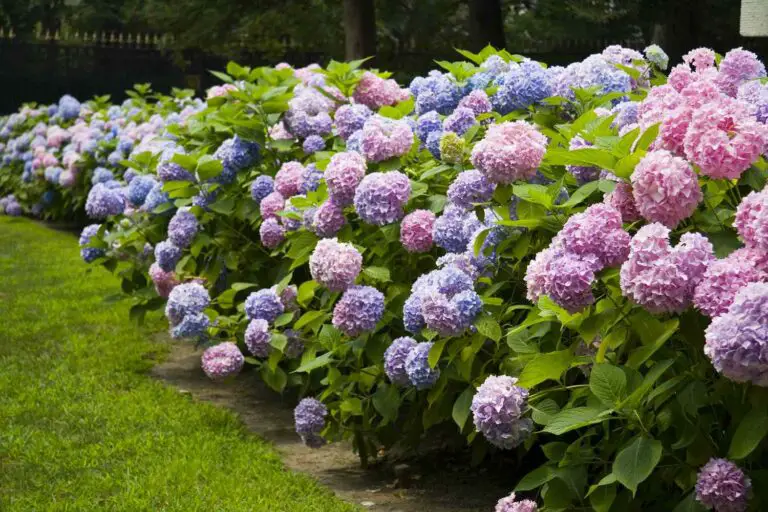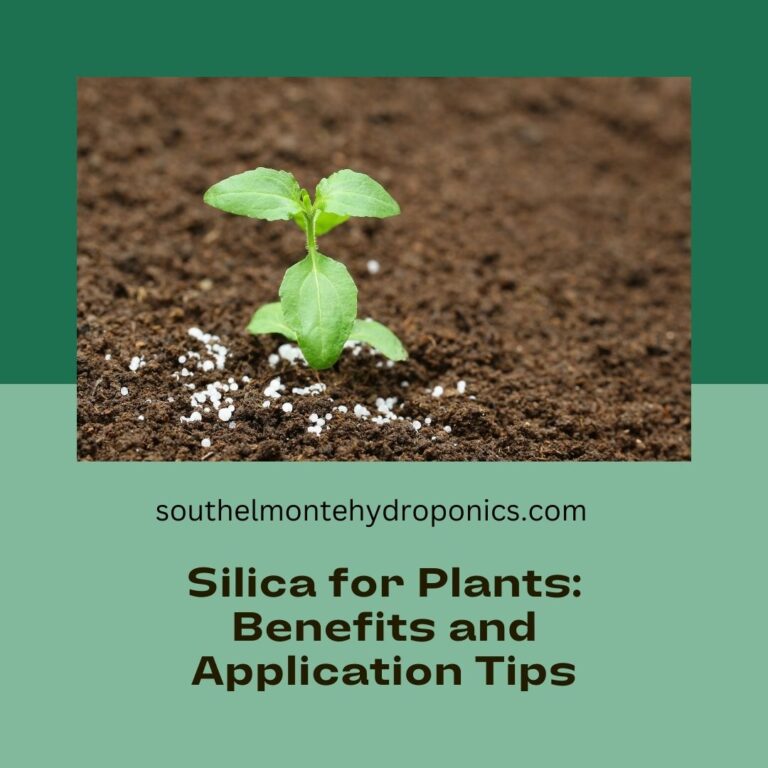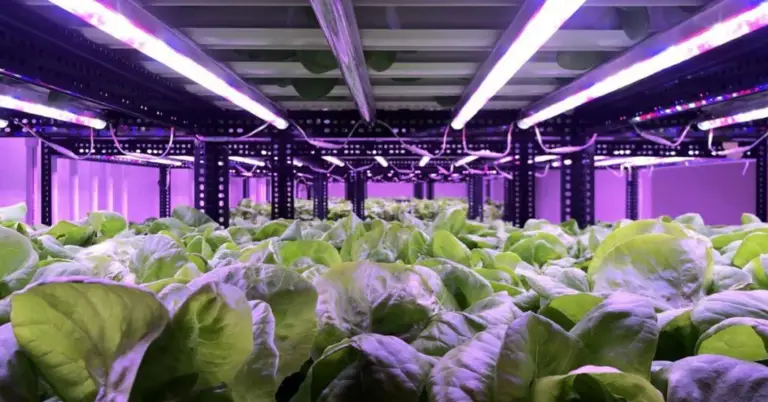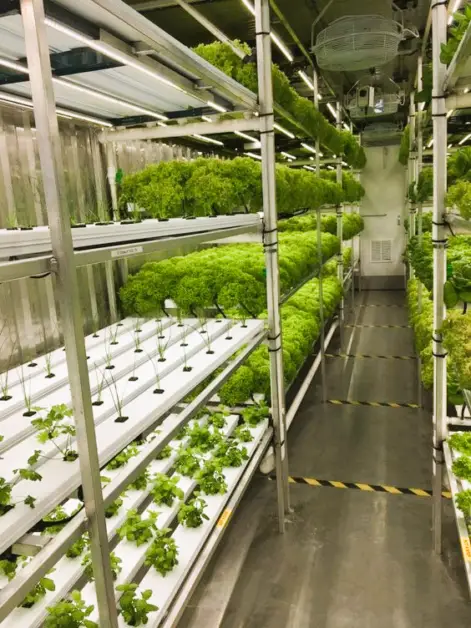Indoor Hydroponic Garden vs. Outdoor Garden: Which One is Better for You?
Table of Contents
– Plant preferences
When it comes to plant preferences, it is important to consider various factors such as the environment, lighting conditions, and space availability. Each plant has its own unique set of requirements and knowing these preferences can greatly enhance your gardening experience.
Some plants thrive in full sunlight, while others prefer partial shade. It is crucial to understand the specific lighting needs of your plants to ensure their healthy growth. For instance, plants like tomatoes and peppers require at least six to eight hours of direct sunlight to produce abundant fruits. On the other hand, leafy greens such as lettuce and spinach can tolerate some shade and may do well in areas with limited sunlight.
Another aspect to consider is the space available for your plants to grow. Some plants, like sprawling varieties of cucumber and melon, require ample room to spread out and bear fruits. On the other hand, compact herbs like basil and parsley can be grown in smaller containers or vertical gardens.
Understanding these plant preferences will not only help you choose the right plants for your garden but also ensure their overall health and productivity. By providing the right conditions, you are setting your plants up for success and reaping the rewards of a bountiful harvest. So, take the time to research and select plants that are best suited for your specific gardening conditions, and watch as your garden thrives.
Tips for Indoor Hydroponic Gardening:
Investing in quality equipment is crucial for successful indoor hydroponic gardening. This includes choosing durable and efficient grow lights, nutrient delivery systems, and growing containers. Opting for high-quality equipment ensures that your plants receive the necessary support for optimal growth and productivity. Additionally, investing in reliable equipment can save you from potential issues and costly replacements down the line.

Monitoring nutrient levels closely is another essential aspect of indoor hydroponic gardening. Since plants are grown without soil, it is vital to maintain a balanced nutrient solution to provide all the necessary elements for plant growth. Regularly testing and adjusting the nutrient levels in the water can help prevent deficiencies or excesses that may hinder plant development. By closely monitoring the nutrient levels, you can ensure that your plants are receiving the ideal mix of nutrients for their specific needs, leading to healthier and more robust growth.
– Invest in quality equipment
Investing in quality equipment is crucial for successful indoor hydroponic gardening. When it comes to hydroponics, the right tools can make all the difference in achieving optimal plant growth and abundant yields. High-quality equipment ensures that your plants receive the necessary nutrients, light, and support they need to thrive.
One essential piece of equipment to consider is a reliable hydroponic system. There are various types available, such as nutrient film technique (NFT), deep water culture (DWC), and ebb and flow systems. Investing in a well-designed and durable hydroponic system will provide a stable environment for your plants, allowing them to absorb the nutrients they need efficiently.
Additionally, quality lighting is paramount for indoor hydroponic gardening. LED grow lights, for example, offer energy efficiency and customizable spectrum options, ensuring that your plants receive the appropriate light for each growth stage. Subpar lighting can lead to stunted growth or even plant death, so investing in high-quality lights is a wise decision.
Remember, by investing in quality equipment, you are setting a solid foundation for a successful indoor hydroponic garden. Providing your plants with the best tools available will help create an optimal growing environment, leading to healthier plants and bountiful yields.
– Monitor nutrient levels closely
Monitoring nutrient levels closely is essential for the success of your indoor hydroponic garden. Proper nutrient balance is crucial for the healthy growth and development of your plants. Neglecting to monitor these levels can result in nutrient deficiencies or toxicities, which can have detrimental effects on your plants.
To ensure accurate monitoring, invest in a reliable pH and nutrient testing kit. These kits will allow you to measure the exact nutrient levels in your hydroponic solution. Regularly test the solution and make adjustments as needed to maintain the optimal nutrient balance for your plants.
In addition to monitoring, it’s important to understand the specific nutrient needs of different plant varieties. Each plant has unique requirements, and providing them with the right balance of essential nutrients is crucial for their overall health and productivity. By adjusting the nutrient solution accordingly, you can ensure your plants are receiving everything they need to thrive.
Remember, nutrient levels can fluctuate over time, so it’s important to monitor them regularly throughout the growing cycle. By staying vigilant and making necessary adjustments, you can create an optimal growing environment for your indoor hydroponic garden and enjoy a bountiful harvest.
– Provide adequate lighting
When it comes to indoor hydroponic gardening, providing adequate lighting is crucial for the health and growth of your plants. Light is one of the key factors in photosynthesis, the process by which plants convert light energy into chemical energy to fuel their growth. Without enough light, your plants may struggle to produce enough energy to thrive.
To ensure your plants receive the proper amount of light, it is important to invest in high-quality lighting equipment specifically designed for indoor gardening. LED grow lights are popular options as they emit the right spectrum of light needed for plant growth and can be customized to different stages of growth. Additionally, LED lights are energy-efficient and have a longer lifespan compared to traditional light sources.
Monitoring the intensity and duration of light exposure is also crucial. Different plant varieties have varying light requirements, so it’s important to understand the specific needs of your plants. A general rule of thumb is to provide around 12-16 hours of light per day for most plants, but this can vary depending on the species. Using a timer can help automate the lighting schedule and ensure consistency.
Overall, providing adequate lighting is essential for the successful growth of plants in indoor hydroponic gardens. By investing in quality lighting equipment and monitoring the light requirements of your plants, you can create an optimal environment for their growth and ensure a bountiful harvest.
– Follow proper maintenance procedures
Proper maintenance procedures are crucial for the health and longevity of any garden, whether indoor or outdoor. Regular maintenance ensures that your plants receive the necessary care and attention to thrive and produce an abundant harvest. One essential aspect of maintenance is regular pruning and trimming. By removing dead or diseased branches, you promote healthy growth and prevent the spread of pests and diseases. Additionally, pruning allows for better airflow and sunlight penetration, which is vital for your plants’ overall health.
Another important maintenance task is weed control. Weeds can compete with your plants for nutrients, water, and sunlight, stunting their growth and reducing yields. Regularly inspect your garden for any signs of weeds and remove them promptly. Mulching is an effective way to suppress weeds by preventing their germination and growth. Organic mulches, such as straw or wood chips, not only deter weeds but also help retain moisture in the soil and regulate soil temperature. Applying mulch around your plants can significantly reduce the need for frequent weeding.
Maintaining proper soil moisture is another key aspect of garden maintenance. Different plants have varying water requirements, so it is essential to monitor and adjust your watering schedule accordingly. Overwatering can lead to root rot and other fungal diseases, while underwatering can cause wilting and nutrient deficiencies. Use a moisture meter or simply check the soil moisture with your fingertips before watering. Water deeply and thoroughly, aiming to reach the roots rather than just wetting the surface. Mulching can also help retain moisture, reducing the frequency of watering.
Regularly inspecting your garden for pests and diseases is crucial to catch any issues early on and prevent them from spreading. Look out for signs such as chewed leaves, discolored spots, or wilting. If you notice any problems, identify the culprit and take appropriate action. This might involve using natural pest control methods like introducing beneficial insects or using organic sprays. Remember, early detection and intervention are key to mitigating pest and disease damage and maintaining a healthy garden.
Proper maintenance procedures should also include regular soil testing to ensure that your plants receive the right balance of nutrients. Soil tests can determine the pH level, nutrient deficiencies or excesses, and suggest appropriate amendments. By understanding your soil’s composition, you can provide targeted fertilization to optimize plant growth and productivity. Incorporate organic matter, like compost or well-rotted manure, into your soil to improve its structure, water-holding capacity, and nutrient content. Adding organic matter annually can gradually enhance your soil’s fertility, leading to healthier plants.
In conclusion, following proper maintenance procedures is essential for the success of your gardening endeavors. Regular pruning, weed control, proper watering, pest and disease management, and soil maintenance are all integral parts of maintaining a thriving garden. By dedicating time and effort to these tasks, you can create an environment that promotes healthy plant growth and maximizes your gardening experience.
– Choose suitable plant varieties
Choosing the right plant varieties is crucial for the success of your gardening endeavors. Different plants have different requirements, and selecting the appropriate ones will ensure that they thrive in your specific environment. Consider factors such as sunlight availability, temperature range, soil type, and water requirements when making your choices.
For indoor hydroponic gardening, opt for plants that are well-suited for this growing method. Leafy greens like lettuce, spinach, and kale are popular choices due to their fast growth and high nutrient requirements. Herbs such as basil, parsley, and mint are also commonly grown hydroponically. Alternatively, you can explore flowering plants like tomatoes or strawberries, which can also thrive in a hydroponic setup. Research different plant varieties to find those that will thrive and produce the best results in your indoor garden.
When it comes to outdoor gardening, your plant selections should be based on the climate of your region. Plants that are native to or adapted to your area will have a better chance of flourishing. Consider factors such as average temperature, rainfall, and length of the growing season. Additionally, pay attention to soil conditions, such as pH levels and nutrient content, as different plants have specific soil requirements. By choosing suitable plant varieties, you will lay the foundation for a vibrant and thriving garden that rewards you with bountiful harvests.
Tips for Outdoor Gardening:
Select plants suitable for your climate. When it comes to outdoor gardening, choosing plants that are well-adapted to your specific climate is crucial for their success. Different plants have different temperature and light requirements, so it’s important to research and select varieties that thrive in your region. Consider factors such as average temperature, rainfall patterns, and frost dates. This will not only increase the chances of your plants surviving but also maximize their growth potential.
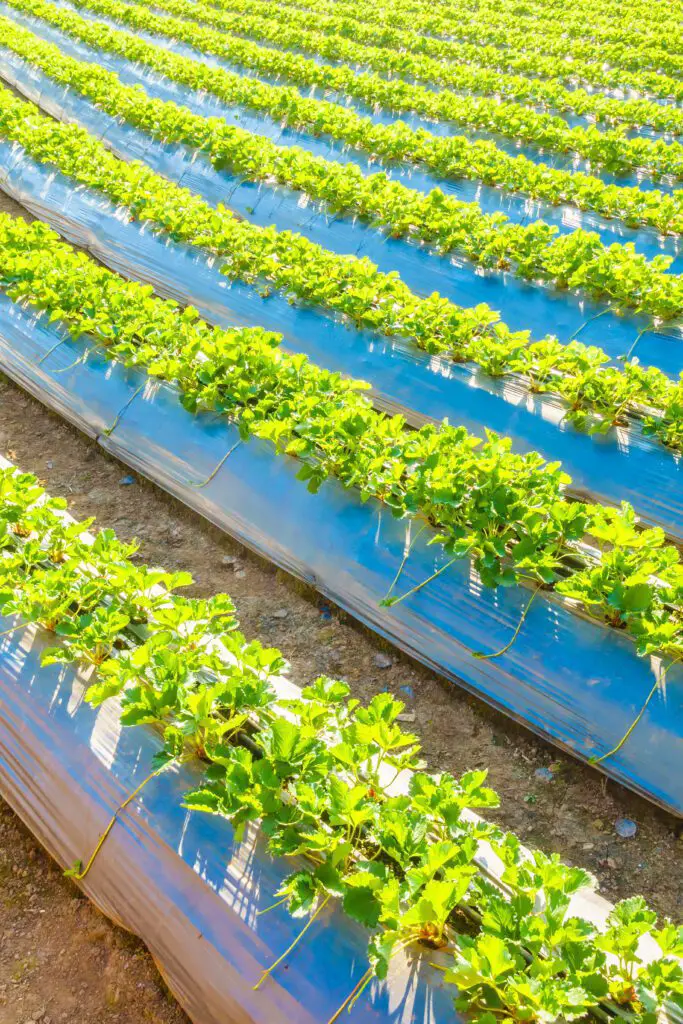
Prepare the soil properly. The quality of your soil plays a significant role in the overall health and productivity of your outdoor garden. Before planting, it’s important to prepare the soil by removing any weeds, rocks, or debris and loosening it to allow for proper root penetration. You can improve the soil’s texture and fertility by incorporating organic matter such as compost or well-rotted manure. Testing your soil’s pH level is also beneficial, as different plants thrive in different pH ranges. By taking the time to properly prepare your soil, you’ll provide your plants with a solid foundation for growth and development.
– Select plants suitable for your climate
It is essential to select plants that are suitable for your climate when planning your outdoor garden. The climate plays a significant role in determining the success and growth of your plants. Different plants thrive in different climates, and understanding your climate will help you make informed choices.
When selecting plants, consider factors such as temperature, sunlight, humidity, and rainfall. Some plants prefer cooler temperatures, while others thrive in warmer climates. Similarly, some plants require full sun exposure, while others can tolerate shade. Understanding the specific requirements of each plant will ensure that they receive the ideal growing conditions.
Additionally, consider the average rainfall and humidity levels in your area. Certain plants may require a higher moisture level, while others may prefer drier conditions. By selecting plants that are well-suited to your climate, you will be setting them up for success and reducing the risk of potential difficulties down the line.
– Prepare the soil properly
Properly preparing the soil is crucial for successful gardening, providing a strong foundation for your plants to thrive. The first step in soil preparation is to remove any weeds or unwanted plants from the area. This will prevent competition for nutrients and ensure that your chosen plants have the best chance of survival.
Next, it’s important to assess the composition of your soil. Testing the pH level will help you determine if any adjustments need to be made. Most plants thrive in a slightly acidic to neutral pH range, so if your soil is too acidic or alkaline, you may need to add amendments to balance it out.
Furthermore, improving the soil’s structure can greatly enhance its fertility. Adding organic matter, such as compost or well-rotted manure, can help improve drainage in clay soils and increase moisture retention in sandy soils. Working these materials into the soil will also provide a rich source of nutrients for your plants.
By taking the time to properly prepare your soil, you’re setting the stage for a healthy and productive garden. With the right pH balance and improved structure, your plants will have the best chance of thriving and producing bountiful harvests. So don’t overlook this vital step in your gardening journey!
– Implement pest control measures
Implementing effective pest control measures is crucial for maintaining the health and vitality of your garden. Pests can wreak havoc on your plants, causing stunted growth, leaf damage, or even complete crop loss. To prevent and manage these issues, it is important to take proactive steps to control pests.
One approach to pest control is to use natural predators and beneficial insects. Many insects, such as ladybugs and lacewings, feed on pests like aphids and caterpillars. By attracting these beneficial insects to your garden through the use of specific plants or by purchasing them from reputable suppliers, you can create a natural balance that keeps pests in check.
Another method is cultural pest control, which focuses on modifying the garden environment to minimize pest problems. This can include practices such as crop rotation, intercropping, and companion planting. By varying the types of plants in your garden and strategically placing them together, you can deter pests and promote overall plant health.
In addition, physical barriers like nets, fences, and row covers can be used to physically block pests from reaching your plants. These barriers can be particularly useful for protecting crops from larger pests, such as rabbits or deer.
Lastly, organic pesticides derived from natural ingredients can be used as a last resort when other methods are not sufficient. It is essential to choose pesticides that are specifically labeled for your target pests and to follow the application instructions carefully to minimize potential harm to beneficial insects, humans, and the environment.
By implementing these pest control measures, you can ensure the longevity and productivity of your garden, allowing your plants to thrive and flourish. With careful planning and consistent monitoring, you can create a garden that is not only beautiful but also resilient against pests.
– Water plants effectively
To effectively water your plants, it is important to understand their specific watering needs. Different plants have different water requirements, so it is crucial to research and understand the needs of the plants in your garden. Some plants, such as succulents and cacti, thrive in dry soil and require minimal watering, while others, like ferns and tropical plants, prefer moist soil and require more frequent watering.
When watering your plants, it is important to provide them with the right amount of water. Overwatering can lead to root rot and other plant diseases, while underwatering can cause the plants to become dehydrated and wilt. To determine when to water your plants, you can check the moisture level of the soil by inserting your finger into the soil up to the first knuckle. If the soil feels dry, it is time to water your plants. However, if the soil feels moist, it is best to wait until it dries out a bit before watering again. By monitoring the soil moisture and adjusting your watering schedule accordingly, you can ensure that your plants receive just the right amount of water they need to thrive.
In addition to proper timing, the method of watering is also important. When watering your plants, it is best to water at the base of the plants to avoid wetting the leaves and encouraging fungal growth. Using a watering can or a drip irrigation system can help deliver the water directly to the soil where the roots can absorb it. This targeted approach not only ensures efficient water usage, but also helps prevent the spread of diseases.
By understanding the specific watering needs of your plants, monitoring the soil moisture, and using the proper watering techniques, you can ensure that your plants receive the water they need to grow and flourish. Remember, the key is to find the balance between underwatering and overwatering, providing your plants with just the right amount of water for optimal health and growth.
How do I know which plants are suitable for indoor hydroponic gardening?
When choosing plants for indoor hydroponic gardening, consider factors such as their light and temperature requirements, as well as their ability to grow in a nutrient-rich water solution.
What equipment should I invest in for indoor hydroponic gardening?
It is recommended to invest in high-quality equipment such as grow lights, pH meters, air pumps, nutrient solutions, and hydroponic systems that suit your specific needs and space.
How can I monitor nutrient levels in my hydroponic garden?
You can monitor nutrient levels by regularly testing the pH and electrical conductivity (EC) of the water solution using appropriate meters. Adjustments can then be made to maintain optimal nutrient levels.
How important is adequate lighting for indoor hydroponic gardening?
Adequate lighting is crucial for indoor hydroponic gardening as it serves as a substitute for natural sunlight. It provides the energy necessary for plant growth and development.
What maintenance procedures should I follow for indoor hydroponic gardening?
Proper maintenance includes regularly cleaning and disinfecting the hydroponic system, checking for clogged or damaged parts, and ensuring proper water circulation and nutrient delivery to the plants.
How do I choose suitable plant varieties for indoor hydroponic gardening?
Select plant varieties that have a compact growth habit, are suitable for indoor cultivation, and have a short maturity period. Leafy greens, herbs, and some fruits like tomatoes and strawberries are popular choices.
How do I select plants suitable for my outdoor garden based on climate?
Research the hardiness zone of your area to determine which plants are most likely to thrive. Consider factors like temperature, sunlight exposure, and average rainfall in your region.
What steps should I take to prepare the soil properly for outdoor gardening?
Proper soil preparation involves removing weeds and rocks, loosening the soil, incorporating organic matter such as compost or manure, and leveling the surface to ensure good drainage.
How can I implement pest control measures in my outdoor garden?
Implement pest control measures by regularly inspecting plants for signs of pests or diseases, practicing proper crop rotation, using organic pesticides when necessary, and encouraging beneficial insects.
How can I effectively water plants in my garden?
For effective watering, it is important to water plants deeply and infrequently, allowing the soil to dry out slightly between waterings. Use techniques like drip irrigation or soaker hoses to conserve water and minimize evaporation.

Suyash Dhoot, editor at SouthElMonteHydroponics.com, is a pioneering force in hydroponics. His expertise spans nutrient solutions and cutting-edge technology. Through meticulous editing, he elevates the site to a beacon of knowledge, offering invaluable insights. Dhoot’s dedication shapes a greener, more efficient future for agriculture.

